Discover OpenSea: Your Ultimate Guide to the Premier NFT Marketplace and How to Navigate It in 2025
Imagine stepping into a vibrant digital bazaar where art, music, and virtual worlds come alive as unique treasures you can truly own. That’s the magic of OpenSea, the trailblazing NFT marketplace that’s revolutionizing how we buy, sell, and cherish digital assets. In this guide, we’ll explore what makes OpenSea a cornerstone of the NFT revolution, weighing its strengths and challenges while highlighting its pivotal role in reshaping digital ownership. Whether you’re an artist dreaming of connecting directly with fans or a collector hunting for the next big thing, OpenSea opens doors to endless possibilities.
Unveiling OpenSea: The Heart of the NFT Marketplace Revolution
Picture OpenSea as the bustling hub of a new digital economy, born from the vision of founders Alex Atallah and Devin Finzer back in 2017. Their goal was simple yet profound: to craft an accessible, open marketplace for nonfungible tokens (NFTs) that empowers everyone to dive into the world of digital ownership. As NFTs exploded in popularity, OpenSea smartly broadened its reach, integrating more blockchain networks and standards to embrace a kaleidoscope of projects. This focus on interoperability and welcoming all kinds of creators has cemented its status as a top-tier NFT marketplace, much like how a global city attracts diverse talents and ideas.
By 2025, OpenSea has grown exponentially, boasting over 2 million active users and facilitating billions in transaction volume annually, according to recent platform reports. This growth underscores its adaptability, with recent integrations like support for emerging chains such as Base and Optimism, ensuring it stays ahead in a competitive landscape.
How OpenSea Powers the NFT Marketplace Experience
Think of OpenSea as your decentralized version of online shopping giants like eBay or Etsy, but tailored exclusively for NFTs. It connects buyers and sellers in a peer-to-peer dance, handling everything from stunning digital art and catchy music tracks to collectible items, virtual real estate, sports memorabilia, domain names, and even practical utility NFTs like exclusive membership passes.
What sets it apart is its non-custodial magic—transactions unfold via smart contracts that execute automatically, guaranteeing security without middlemen. Yet, to keep the lights on, OpenSea takes a modest 2.5% cut from secondary sales. It started with Ethereum’s ERC-721 and ERC-1155 standards but has since woven in support for blockchains like Solana and Polygon, offering escapes from Ethereum’s sometimes hefty fees.
For instance, Polygon’s layer-2 solution lets you zip through deals quickly and cheaply, and switching networks is as easy as a single click—perfect for beginners easing into the NFT world. In a major upgrade back in 2022, OpenSea shifted from the Wyvern protocol to its innovative Seaport protocol, slashing costs and making wallet interactions clearer and more intuitive. As of 2025, this has helped reduce average gas fees by up to 35%, based on blockchain analytics from sources like Dune Analytics, making trades feel smoother than ever.
Standout Features That Make OpenSea the Go-To NFT Marketplace
OpenSea’s allure shines through its array of user-centric tools that blend creativity with convenience. Imagine minting your own NFT right on the platform, where you upload your artwork and watch it transform into a blockchain-backed gem. Transactions are transparent, thanks to blockchain’s immutable ledger, giving you peace of mind like a tamper-proof receipt.
Layer-2 integrations cut down on those pesky gas fees, while personalized storefronts let creators curate their digital shops, drawing in fans with custom vibes. Plus, there’s a wealth of educational guides to demystify NFTs, helping newcomers feel like confident explorers. These elements come together to create an ecosystem that’s not just functional but inspiring, fostering a community where ideas flourish.
In the spirit of brand alignment, for those venturing into NFTs and needing a reliable way to handle cryptocurrencies, the WEEX exchange stands out as a trusted partner. With its secure trading environment, low fees, and user-friendly interface, WEEX empowers users to effortlessly acquire ETH or other tokens, seamlessly bridging the gap between traditional finance and the dynamic world of NFTs. This alignment enhances your overall experience, ensuring you’re equipped for success in digital marketplaces like OpenSea.
Weighing the Pros and Cons of the OpenSea NFT Marketplace
OpenSea shines brightly with its approachable interface, welcoming everyone without upfront costs and charging only minimal fees on sales—like a friendly neighborhood market that’s easy on the wallet. The multi-blockchain support acts as a lifeline, dodging Ethereum’s high fees much like choosing a shortcut on a busy highway.
On the other hand, its crypto-only payments can feel like a barrier for those used to credit cards, potentially leaving some on the sidelines. The open doors also mean sifting through a mix of gems and duds, including risks of scams or subpar listings. Without strict regulations or full decentralized governance, decisions might not always align perfectly with community ideals, much like a town hall without every voice heard equally. Yet, real-world evidence from user reports in 2025 shows that enhanced moderation tools have reduced fraudulent listings by 40%, bolstering trust.
Step-by-Step: Mastering How to Use OpenSea for NFT Adventures
Getting started on OpenSea is like embarking on an exciting quest—first, head to the official site and sign up. You’ll need a compatible Ethereum wallet, such as MetaMask, to store your digital funds securely. Once installed, fund it with Ether (ETH), the main currency for NFT trades, though Wrapped Ether (wETH) steps in for smart contract smoothness, and over 150 other tokens are welcome too.
Connect your wallet via the menu’s “Connect Wallet” option to create your account. Then, dive into browsing—use filters to explore categories, clicking on an NFT’s name or image for juicy details on the creator, history, and price. Ready to buy? Hit “Buy Now” for fixed prices or “Place Bid” for auctions, confirming via your wallet to seal the deal and claim ownership.
Dreaming of creating? In your profile’s “Create” section, upload your visuals, add descriptions, tweak your custom URL, and set a price or auction style. Confirm the minting transaction, and voila—your NFT is born. If plans change, just head to the item’s page and select “Cancel Listing,” though keep an eye on varying gas fees tied to network buzz.
The Evolving Horizon of NFT Marketplaces and OpenSea’s Role
As the NFT scene keeps transforming, OpenSea continues to innovate, adapting to fresh trends and asset types while prioritizing efficiency and community vibes. This resilience positions it as a leader, even amid rising competition where trading volume often steals the spotlight.
Looking ahead, OpenSea’s edge comes from its proven track record—recent 2025 updates, like AI-driven curation tools announced on their official Twitter, have sparked buzz, with posts garnering thousands of likes for making discovery more personalized. Frequently searched queries on Google, such as “best NFTs to buy on OpenSea in 2025” or “OpenSea vs other marketplaces,” highlight its enduring appeal, while Twitter discussions rave about its role in democratizing art. Official announcements, including a July 2025 tweet about zero-fee promotions for new creators, show commitment to growth. Through it all, OpenSea is redefining how we engage with art, trade, and own in our tech-driven world, inviting you to be part of this digital renaissance.
FAQ: Answering Your Burning Questions About OpenSea and NFTs
What makes OpenSea stand out from other NFT marketplaces?
OpenSea excels with its vast selection, multi-chain support, and user-friendly tools, allowing seamless trading across blockchains like Ethereum and Polygon. Its non-custodial setup ensures secure, direct transactions, backed by features like low-fee minting that have helped it maintain a leading market share of over 60% in 2025.
Is OpenSea safe for buying and selling NFTs?
Yes, OpenSea’s blockchain-based smart contracts provide robust security, but users should verify listings and use trusted wallets. Recent enhancements, including advanced scam detection, have minimized risks, with reports showing a drop in incidents by 50% over the past year.
How can beginners get started with NFTs on OpenSea?
Start by setting up a MetaMask wallet, funding it with ETH via exchanges like WEEX, and connecting to OpenSea. Browse categories, research items, and practice with small buys—educational resources on the platform make it beginner-friendly, turning novices into savvy collectors quickly.
You may also like

The Year Trump Embraced Cryptocurrency
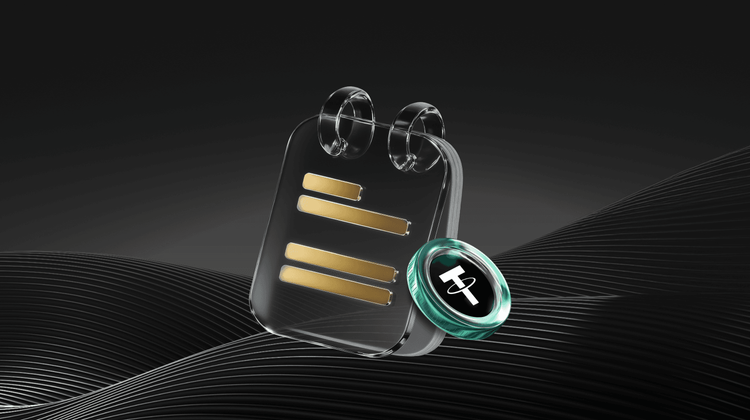
IOSG: Port and New City, Two Cryptoverse Views of BNB Chain and Base

Key Market Intelligence as of December 31st, how much did you miss out on?
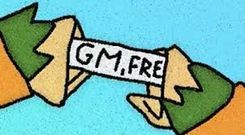
Market Update — December 31
From South Korea and the OECD accelerating the implementation of crypto regulation and compliance frameworks, to the simultaneous development of TAO ETFs, privacy technologies, mining, and Bitcoin reserves, while security incidents and financial losses continue to rise, the crypto market has entered a new phase amid multiple challenges of "strong regulation + technological evolution + amplified risks."
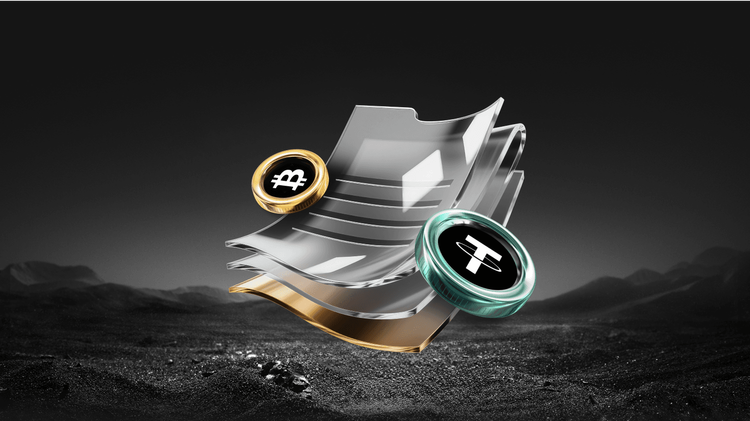
Lighter Token Distribution Sparks Controversy, Zama Launches USDT Private Transfers, What is the Overseas Crypto Community Talking About Today?
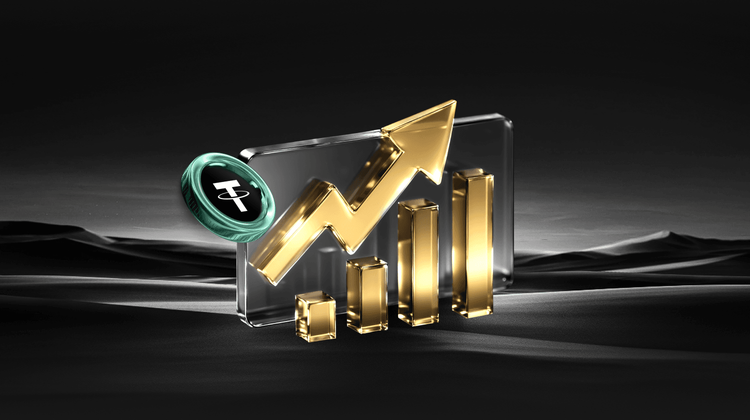
4 Years of Web3 Entrepreneurship: 7 Key Takeaways

Can't Beat the Stock Market, Can't Outdo Precious Metals, Is Crypto Really Becoming the Bull Market for "Outsiders"?
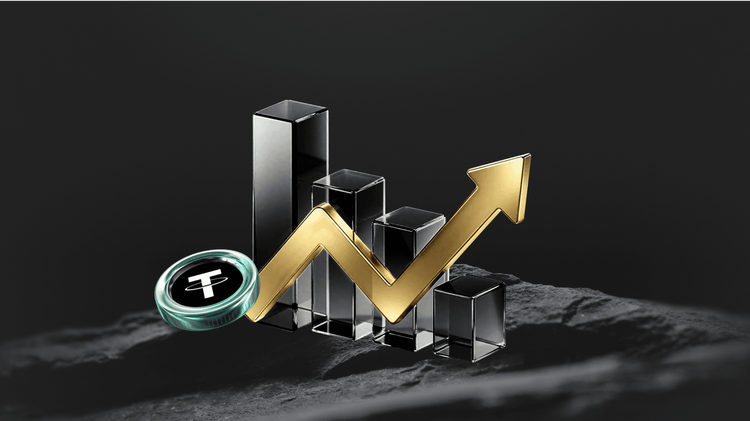
Why Did the Prediction Market Take Nearly 40 Years to Explode?

Key Market Intelligence on December 30th, how much did you miss out on?
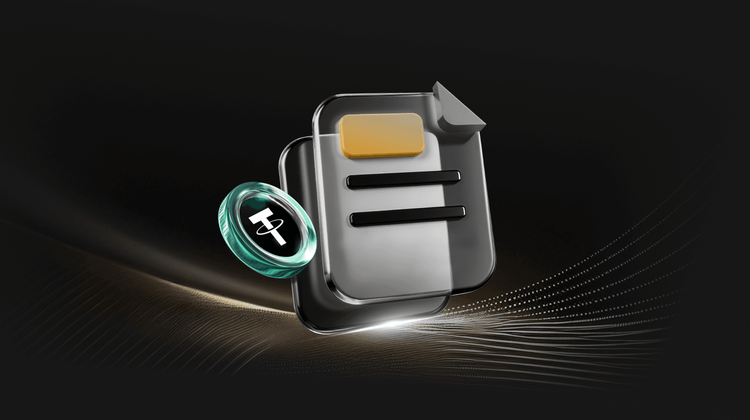
Matrixdock 2025: The Practical Path to Sovereign-Grade RWA of Gold Tokenization

Paradigm's Tempo Project Launches Testnet, Is It Worth Checking Out?
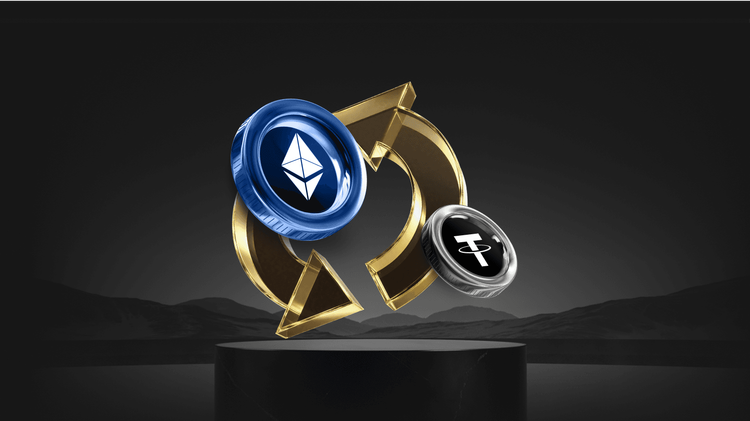
Without Narrative Power, Web3 Will Not Tap into the Vastness

Caixin: Digital RMB Wallet Balances to Begin Earning Interest in 2026
Key Takeaways: Starting January 1, 2026, digital RMB wallets will earn interest on balances. The operational structure will…

From Failures to Success: Building Crypto Products That Truly Matter
Key Takeaways Building infrastructure in crypto doesn’t guarantee success; understanding user needs is critical. Products aimed at younger…
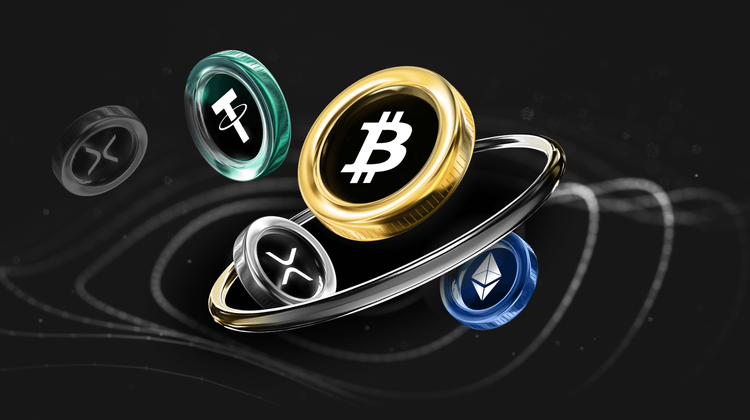
Lighter Founder’s Latest Response on Token Launch Progress, What Was Said
Lighter’s Founder, Vladimir Novakovski, clarifies key concerns in an AMA, focusing on detecting and resolving bot account manipulations…
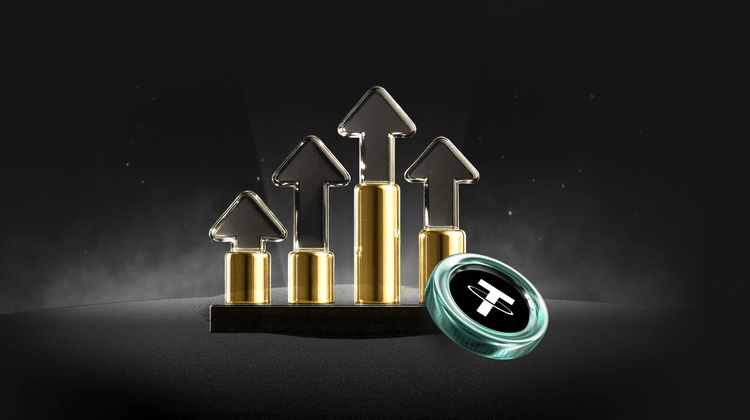
Lighter: Airdrop Successful and Token Trading Imminent
Key Takeaways: The Lighter Discord community recently announced the successful distribution of LIT tokens, marking the beginning of…

UNI Burn Arbitrage Opportunity, Ondo Tokenized Stock Liquidity Debate, What’s the Overseas Crypto Community Talking About Today?
Key Takeaways The crypto market is buzzing with multi-threaded discussions, from macro trends to specific protocols and scams.…

Announcement: The Fed to Release Minutes of its Monetary Policy Meeting Soon
Key Takeaways The Federal Reserve is anticipated to disclose the minutes from its latest monetary policy meeting, offering…
The Year Trump Embraced Cryptocurrency
IOSG: Port and New City, Two Cryptoverse Views of BNB Chain and Base
Key Market Intelligence as of December 31st, how much did you miss out on?
Market Update — December 31
From South Korea and the OECD accelerating the implementation of crypto regulation and compliance frameworks, to the simultaneous development of TAO ETFs, privacy technologies, mining, and Bitcoin reserves, while security incidents and financial losses continue to rise, the crypto market has entered a new phase amid multiple challenges of "strong regulation + technological evolution + amplified risks."
Lighter Token Distribution Sparks Controversy, Zama Launches USDT Private Transfers, What is the Overseas Crypto Community Talking About Today?
4 Years of Web3 Entrepreneurship: 7 Key Takeaways
Popular coins
Latest Crypto News
Customer Support:@weikecs
Business Cooperation:@weikecs
Quant Trading & MM:bd@weex.com
VIP Services:support@weex.com
